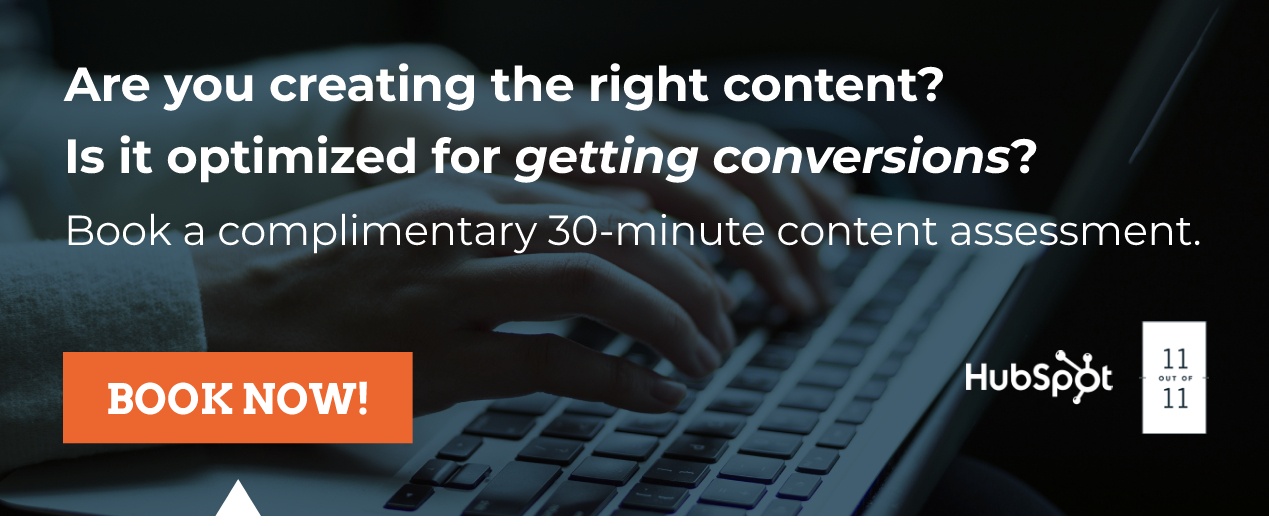There’s a lot of buzz around the way buyer personas can not only inform but transform your company’s marketing strategy. It’s easy to get overwhelmed by the depth and breadth of tools out there that help you understand your ideal customers better. It may have you wondering, Should I change my marketing target segments? How? With buyer personas or something else?
The helpful answer? These days, marketing segmentation goes deeper than demographic, psychographic, behavioral, and geographic divides. Marketers can get more precise about how to reach prospects and customers with buzz-worthy segmentation tools and methods that dig deep into their similar wants and needs, like buyer personas.
But first, let’s talk about the different types of segmentation and why they’re important in helping you serve qualified prospects and customers.
4 Segmentation Tools For Understanding How to Change Your Marketing Target Segments
- Market Segmentation
Market segmentation is the first step in understanding your overall customer pool. When you identify different groups of potential customers by age, location, and broader strokes like income, lifestyle, gender, and purchases, you can identify patterns of potential that could benefit your business growth. With market segmentation, you can:
- Find business opportunities in your industry you can leverage.
- Assess the size of the customer pool for a new product.
- Start to narrow down prospects into ideal consumers for your products and services.
- Target Market
The next step is determining the target market of people most likely to buy your products and services. This group becomes your target audience. Benefits of defining your target audience include:
- Understanding the buying motivations and purchase behaviors of ideal customers as well as the price points that are likely to attract them to buy.
- Getting relevant results from in-depth qualitative or quantitative market research.
- Determining whether there’s enough demand for a new product or service in development.
- Identifying customer segments and buyer personas (See numbers three and four).
- Customer Segmentation
Customer segmentation helps you understand the different types of people in your current customer base and which ones are most engaged with your brand. When you divide your current customers into smaller groups, you use the in-depth information you’ve gathered about them. With information like previous interactions with your business, purchase history, the frequency of visits to your store, how much they’re spending, and other things, you can paint a detailed picture of each group and better understand their needs and motivations for buying from you. You can also:
- Determine how well you meet the needs of each customer segment.
- Figure out how to meet their needs better in the future.
- Uncover underserved customer segments.
- Target your marketing efforts towards specific customer segments.
- Uncover new opportunities in your customer base.
- Build buyer personas.
- Buyer Personas
A persona is a fictionalized version of your ideal customer that you create based on insight from actual data about your existing customer segments and other proprietary market research. Whether they are referred to as buyer personas, customer personas, marketing personas, audience personas, or target personas, your personas represent the different types of consumers you want to reach based on what you know about them. Personas flesh out the lives they lead, the experiences they have, the challenges they face, the answers they search for, and the motivation they use for purchasing something. As a marketer, your personas provide context to help you understand what your ideal customers consider most important so you can relate to their needs and provide them with relevant solutions.
HubSpot says it well: Personas can help you:
- “Focus your time on qualified prospects,
- Guide product development to suit the needs of your target customers, and
- Align all work across your organization (from marketing to sales to service).”
Building buyer personas can also help you:
- Produce marketing and promotional content that engages with each of your ideal customer segments in a personalized way.
- Better target your content on social media.
- Prioritize leads based on persona.
Bonus Tool: Exclusionary Buyer Personas
Sometimes it’s helpful to build a persona that represents the type of consumer you don’t want as a customer. Exclusionary or negative personas would help you to identify customer segments that are not ideally suited for your products and services. These customers might engage with your business but there’s little future in building a relationship with them. Exclusionary buyer personas can help you:
- Weed out customers who only engage with you as a resource for research or to learn something new.
- Identify prospects who may be too difficult to win.
- Leave out customers from your marketing efforts because they are unlikely to purchase again from your company.
Persona Development
Creating buyer personas effectively requires thorough research, essential data and information, lots of time, and strategic thought. HubSpot has a terrific guide that includes a persona template to help you create buyer personas for your business.
But first, you also need to look at your company in the mirror and figure out what you have to offer. Only then you can determine who would be ideally suited for your offerings and interested enough to pursue them.
11outof11 Knows Buyer Persona Strategy
When you’re ready to build buyer personas for your business, connect with 11outof11. Request a complimentary call with an 11outof11 expert. Contact us to learn more.







.png)






